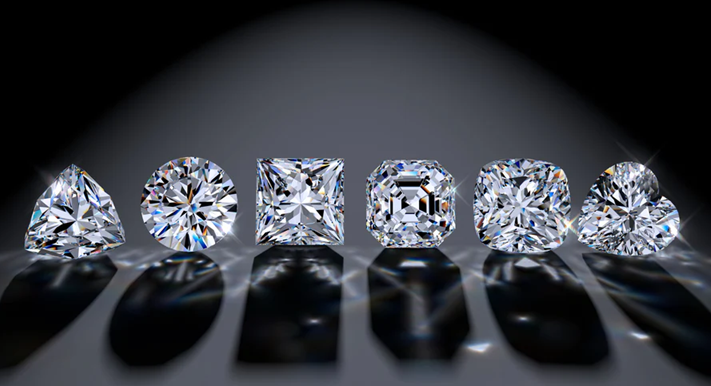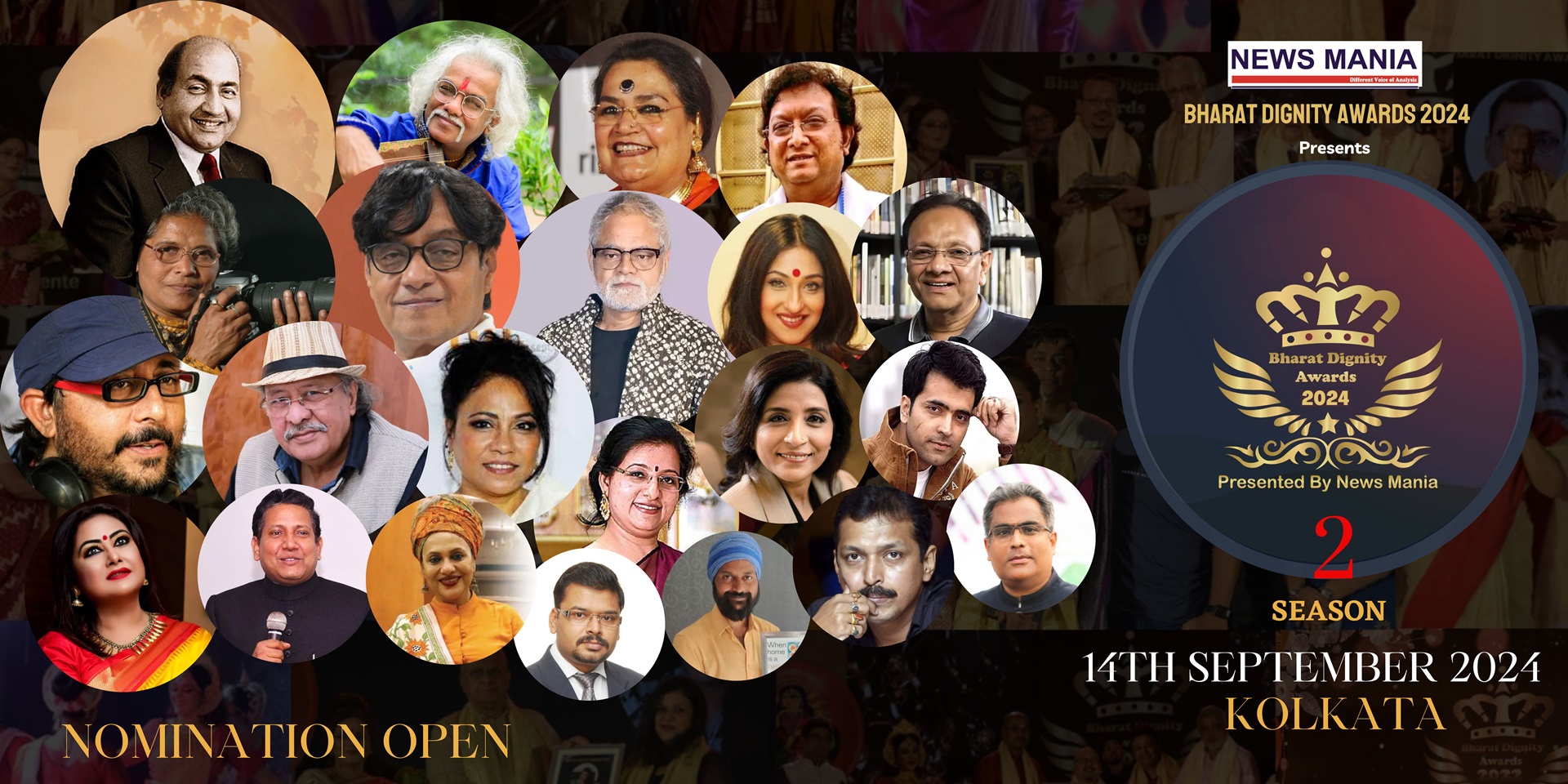The use of lab-grown diamonds in jewelry generates consumer concerns.

News Mania Desk / Piyal Chatterjee / 4th December 2024
The practice of incorporating lab-grown diamonds into jewelry created with genuine diamonds is becoming increasingly common, which is causing worry among consumers.The price gap between natural and lab-grown diamonds (LGD) creates a strong incentive for unorganised actors to combine them and profit.
Ajoy Chawla, CEO (Jewellery Division) of Titan Company, stated that consumers find it difficult to distinguish between natural and lab-grown diamonds, especially when they are put on studded jewelry.
containing the demand for diamond jewelry rapidly increasing, he claims that some customers only realize they have purchased jewelry containing mixed LGD when they go to exchange it for a new design.Tanishq aims to deploy 100 diamond-testing equipment at its main jewellery outlets to instill consumer confidence while purchasing studded jewellery from its stores, according to Chawla.
The local diamond market has expanded significantly, surpassing China to become the world’s second-largest diamond-consuming country, accounting for 11-15 percent of global consumption.
De Beers, one of the leading natural diamond brands, recently released a machine, SynthDetect XL PL, that can test both mounted jewellery and loose stones for synthetics and natural diamonds in an effort to enhance buyer confidence. While gold jewelry has reached 100% penetration, diamond-studded jewelry has only reached 8-10%.
According to Amit Pratihari, Managing Director of De Beers India, the diamond jewellery market is expected to expand to $22 billion over the next eight years, up from around $8.5 billion today. The expanding aspirations of consumers in smaller areas have been driving demand for studded diamond jewelry, and the momentum should not be shattered by a few bad apples in the sector, he said.
The Gem and Jewellery Export Promotion Council, the peak authority for India’s gem and jewellery trade, has encouraged the industry to stop using terminology like “real,” “genuine,” “natural,” and “precious” to describe LGD. The term “cultured” can be used to describe lab-grown diamonds, but it must be followed by “laboratory-created” or “laboratory-grown,” according to the statement.
Vipul Shah, Chairman of GJEPC, stated that the government should use the same language used in the United States to distinguish between LGD and natural diamond. “The effort will safeguard consumers’ rights by sheltering them from disinformation. The United States Federal Trade Commission’s (FTC) definition incorporates technological changes and promotes transparency in diamond marketing by applying the same criteria to mined and lab-grown diamonds,” he noted.






